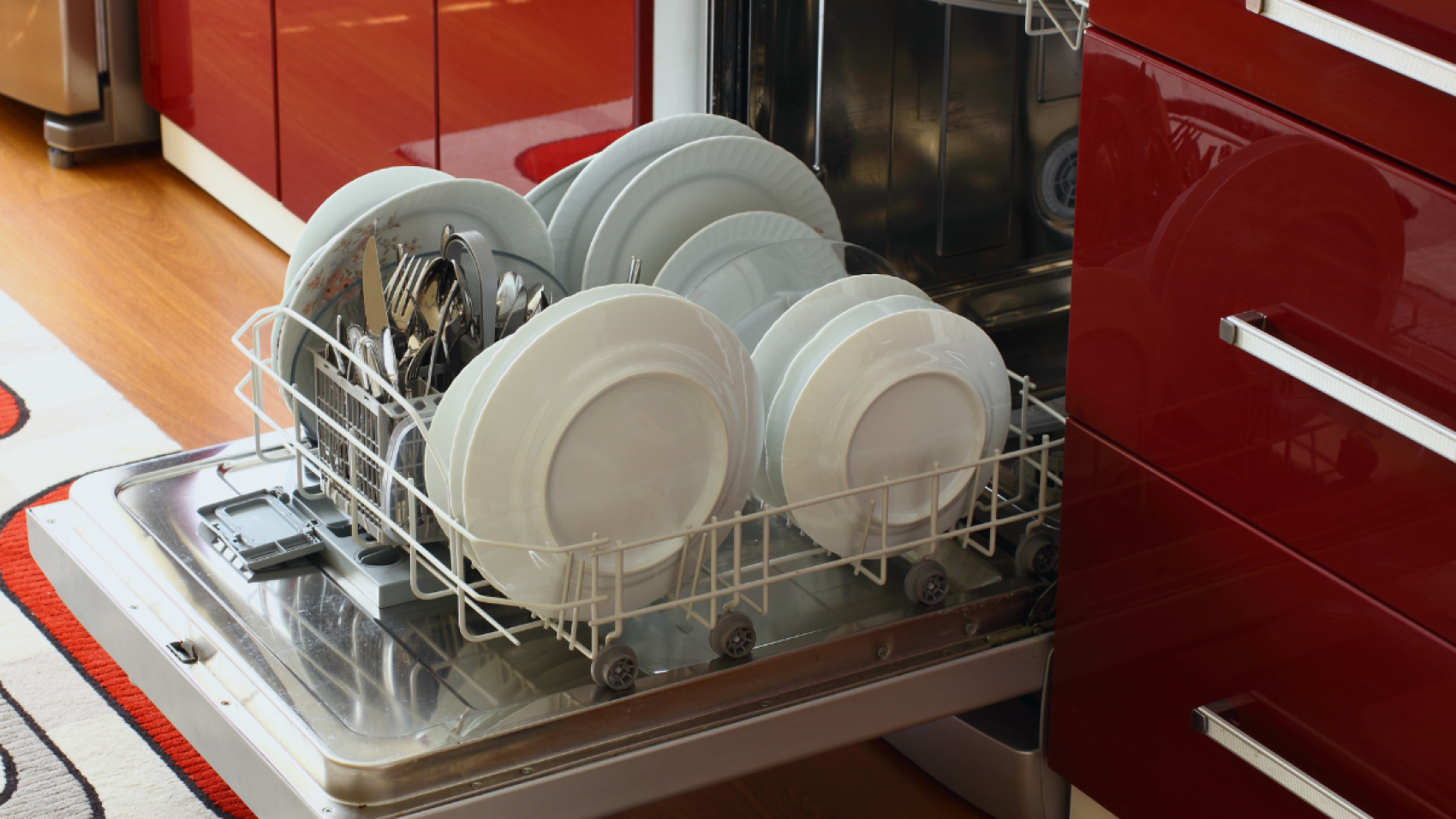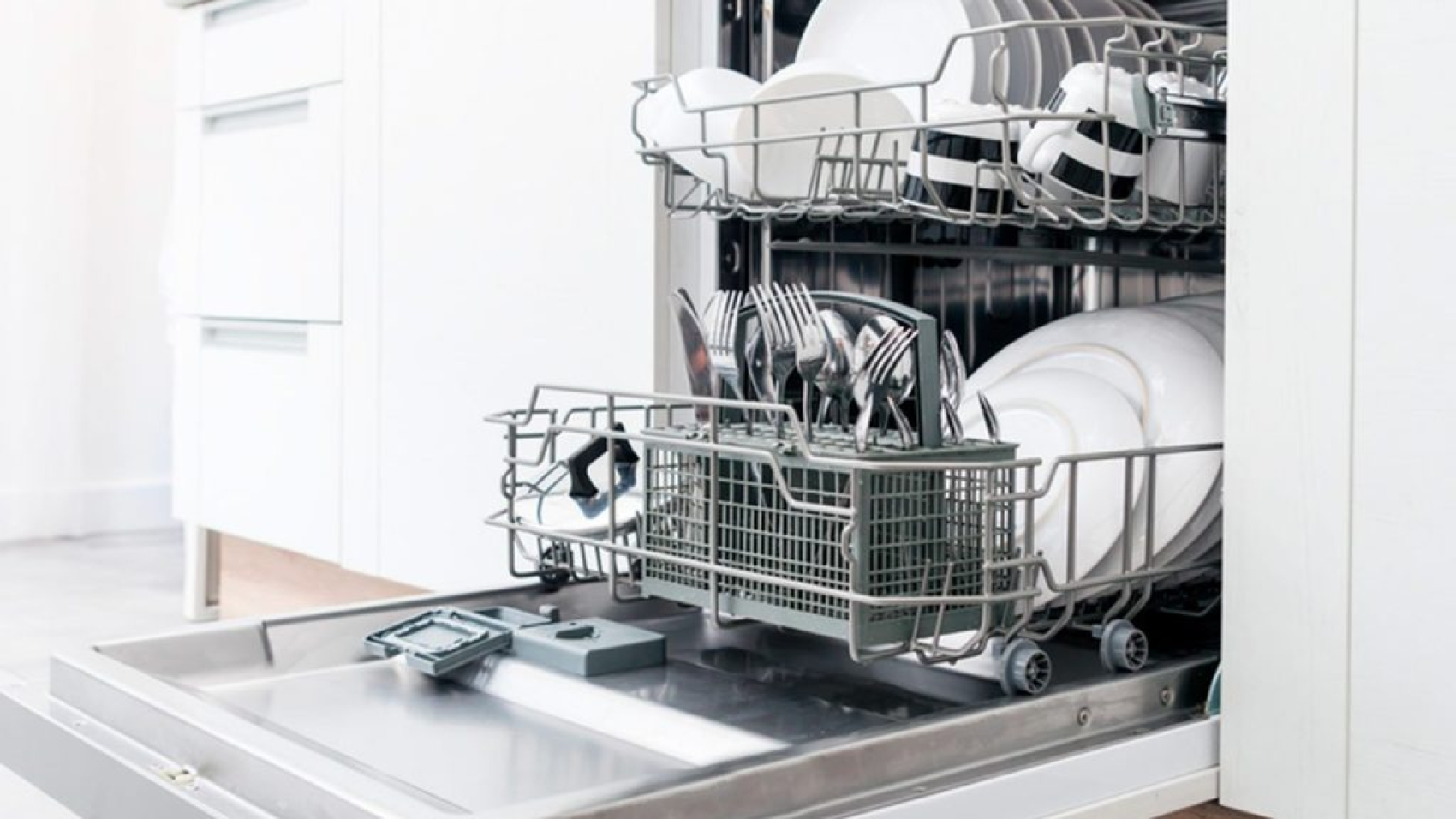Common Causes of Dishwasher Breakdowns and How to Avoid Them
- Clogged filters
- Hard water
- Broken spray arm
- Faulty door latch
- Malfunctioning thermostat
- Blocked drainage
1. Clogged filters
Clogged filters are one of the most common causes of dishwasher breakdowns. Over time, food particles and debris can accumulate in the dishwasher filters, restricting water flow and reducing cleaning efficiency. To avoid clogged filters, it is essential to clean them regularly.
Here are the steps to clean dishwasher filters:
- Turn off the dishwasher and unplug it from the power source.
- Remove the lower rack of the dishwasher to access the filters.
- Locate the filters at the bottom of the dishwasher. Depending on your dishwasher model, there may be one or two filters.
- Remove the filters from the dishwasher. If they are removable, detach them carefully. If they are not detachable, clean them in place.
- Rinse the filters under running water to remove any loose debris.
- Use a soft brush or toothbrush to clean any stubborn food particles or debris from the filters.
- If the filters are dishwasher-safe, place them in the dishwasher and run a cycle with hot water to sanitize them.
- If the filters are not dishwasher-safe, rinse them thoroughly and replace them in the dishwasher.
- Once the filters are clean, replace the lower rack, plug in the dishwasher, and turn it on.
Cleaning the dishwasher filters regularly will help to prevent clogs and ensure that your dishwasher works efficiently. It is recommended to clean the filters at least once a month, or more often if you use the dishwasher frequently or have hard water.
2. Hard water
Hard water can cause mineral buildup in your dishwasher, which can lead to clogs and reduced cleaning efficiency. To avoid hard water issues in your dishwasher, you can try the following solutions:
- Use a water softener: Water softeners are designed to remove minerals from hard water, which can help prevent buildup in your dishwasher. You can install a whole-house water softener or use a portable water softener for your dishwasher.
- Use a rinse aid: A rinse aid can help to prevent mineral buildup in your dishwasher by reducing the surface tension of the water. This allows water to flow more freely and prevents minerals from sticking to the dishwasher surfaces. Be sure to follow the manufacturer’s instructions for using rinse aid.
- Clean your dishwasher regularly: Regular cleaning of your dishwasher can help to prevent mineral buildup. Remove any visible buildup from the dishwasher using a soft brush or toothbrush, and run a cycle with hot water and vinegar to remove any hidden buildup.
- Use a dishwasher cleaner: A dishwasher cleaner is a specialized cleaning product that is designed to remove mineral buildup from your dishwasher. Use a dishwasher cleaner once a month or as recommended by the manufacturer.
- Use a water filter: A water filter can help to remove minerals from your water before it enters your dishwasher. There are several types of water filters available, including carbon filters and reverse osmosis filters.
By using these solutions, you can help to prevent mineral buildup in your dishwasher and keep it running efficiently.
3. Broken spray arm
A broken or damaged spray arm can cause your dishwasher to clean poorly, leading to dirty dishes and inefficient water usage. Here’s what you can do to avoid a broken spray arm:
- Avoid overloading the dishwasher: Overloading the dishwasher can put extra pressure on the spray arm, causing it to break or become damaged. Be sure to load the dishwasher according to the manufacturer’s instructions, leaving enough space for the spray arm to rotate freely.
- Inspect the spray arm regularly: Regularly inspect the spray arm for any signs of damage or blockages. Remove any food particles or debris that may have accumulated in the spray arm holes.
- Clean the spray arm: If the spray arm is not rotating correctly, it may be due to a clog. To clean the spray arm, remove it from the dishwasher and rinse it under running water. Use a toothbrush or a soft brush to remove any stubborn debris. If the spray arm is damaged, replace it.
- Replace the spray arm: If the spray arm is damaged beyond repair, you’ll need to replace it. You can purchase a replacement spray arm from the dishwasher manufacturer or a home improvement store. Be sure to choose the correct spray arm for your dishwasher model.
By following these tips, you can help to prevent a broken spray arm and ensure that your dishwasher cleans your dishes efficiently.
4. Faulty door latch
A faulty door latch can prevent your dishwasher from starting or cause it to stop mid-cycle. Here’s what you can do to avoid a faulty door latch:
- Clean the latch area: The door latch can become dirty or greasy over time, causing it to malfunction. Clean the latch area with a soft cloth and soapy water to remove any buildup.
- Check the door alignment: If the door is not aligned properly, it can put pressure on the latch and cause it to malfunction. Adjust the door so that it aligns correctly with the latch.
- Inspect the latch for damage: Check the latch for any visible signs of damage or wear. If the latch is damaged, it will need to be replaced.
- Replace the latch: If the latch is faulty or damaged, you’ll need to replace it. You can purchase a replacement latch from the dishwasher manufacturer or a home improvement store. Be sure to choose the correct latch for your dishwasher model.
- Avoid slamming the door: Slamming the dishwasher door can put extra pressure on the latch and cause it to malfunction. Gently close the door to avoid damaging the latch.
By following these tips, you can help to prevent a faulty door latch and ensure that your dishwasher operates smoothly.
5. Malfunctioning thermostat
A malfunctioning thermostat can cause your dishwasher to run too hot or too cold, leading to poor cleaning performance or even damage to the dishwasher. Here’s what you can do to avoid a malfunctioning thermostat:
- Run the dishwasher on the correct setting: Use the correct dishwasher cycle and temperature setting for the type of dishes you are washing. This will prevent the thermostat from working too hard and potentially malfunctioning.
- Clean the dishwasher regularly: A buildup of debris or hard water deposits can cause the thermostat to malfunction. Clean the dishwasher regularly to prevent this from happening.
- Check the thermostat for damage: Inspect the thermostat for any visible signs of damage or wear. If it appears damaged, it will need to be replaced.
- Replace the thermostat: If the thermostat is faulty or damaged, you’ll need to replace it. You can purchase a replacement thermostat from the dishwasher manufacturer or a home improvement store. Be sure to choose the correct thermostat for your dishwasher model.
- Have a professional inspect and repair the dishwasher: If you suspect a problem with the thermostat or any other component of your dishwasher, it’s best to have a professional inspect and repair it. They will have the expertise and equipment needed to diagnose and fix the problem correctly.
By following these tips, you can help to prevent a malfunctioning thermostat and keep your dishwasher running smoothly.
6. Blocked drainage
Blocked drainage in your dishwasher can cause water to back up and prevent your dishwasher from working correctly. Here’s what you can do to avoid blocked drainage:
- Clean the dishwasher filter: A clogged dishwasher filter can prevent water from draining properly. Clean the filter regularly to prevent the buildup of debris.
- Run hot water before starting the dishwasher: Run hot water in your sink before starting the dishwasher. This will help to clear any blockages in the drain hose.
- Use the correct dishwasher detergent: Using the wrong detergent or too much detergent can cause excess suds, which can clog the dishwasher’s drainage system. Use the recommended amount of dishwasher detergent for your dishwasher.
- Load the dishwasher correctly: Overloading the dishwasher can prevent water from draining properly. Load the dishwasher according to the manufacturer’s instructions, leaving enough space for water to flow freely.
- Inspect the drain hose: Check the drain hose for any visible signs of damage or wear. If the hose is damaged, it will need to be replaced.
- Use a dishwasher cleaner: A dishwasher cleaner can help to remove any buildup of grease or debris in the dishwasher. Use a dishwasher cleaner once a month or as recommended by the manufacturer.
By following these tips, you can help to prevent blocked drainage in your dishwasher and ensure that it operates smoothly.
Summary
In summary, some common causes of dishwasher breakdowns include clogged filters, hard water, broken spray arms, faulty door latches, malfunctioning thermostats, and blocked drainage. To avoid these issues, you should regularly clean your dishwasher, use the correct detergent and settings, load the dishwasher properly, inspect components for damage, and replace any faulty or damaged parts. By following these tips, you can keep your dishwasher running smoothly and avoid costly repairs or replacements.


